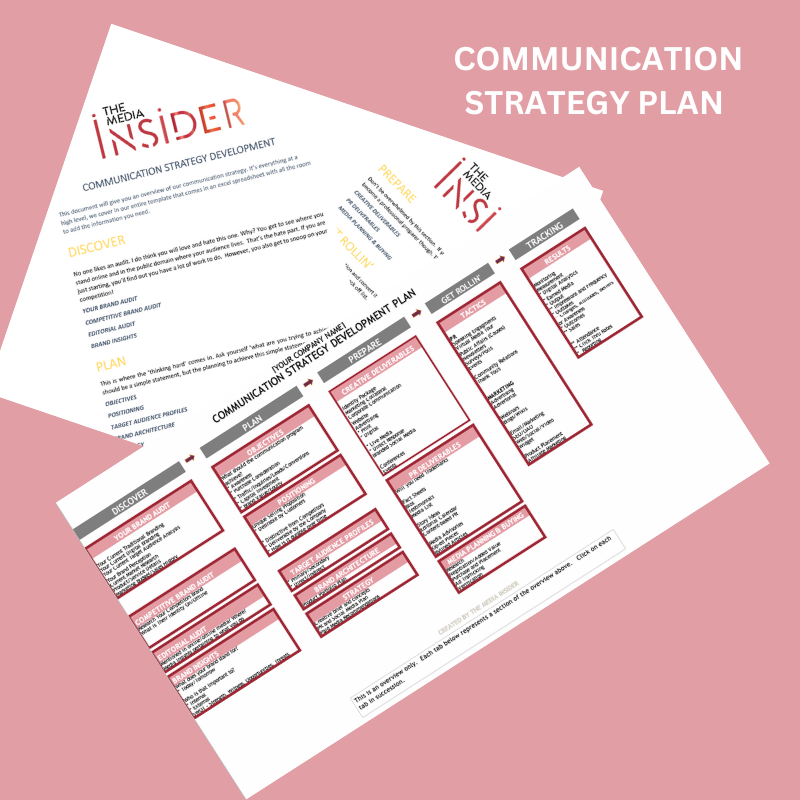Compelling Writing: 10 Storytelling Techniques to Captivate Your Audience
In a world flooded with content, compelling writing has the power to cut through the noise and grab your audience’s attention. Whether you’re crafting a blog post, a marketing email, or social media content, incorporating storytelling techniques into your writing can elevate your message and keep readers engaged from start to finish.
Here are 10 storytelling techniques you can use to create compelling writing that captivates your audience.
1. Start with a Hook
The opening of your story is crucial. Start with something that grabs the reader’s attention instantly—a bold statement, a question, or a surprising fact. The goal is to spark curiosity and make them want to continue reading.
Example: What if I told you that a single sentence could change the way your audience sees your brand forever?”
2. Use Relatable Characters
Great stories revolve around characters that your audience can relate to. Whether you’re writing a case study or a personal anecdote, focus on the people involved. Readers are more likely to engage if they can see themselves in the narrative.
Tip: Create characters with clear goals, challenges, and emotions to add depth to your story.
3. Build Tension
Tension keeps readers on the edge of their seat. In writing, tension can come from conflict, suspense, or unresolved questions. Gradually build up the tension, then release it with a satisfying conclusion or solution.
Example: If you’re writing a product launch story, build tension by highlighting the problem your audience faces before introducing the product as the solution.
4. Show, Don’t Tell
Instead of simply telling your readers what’s happening, show them by painting a vivid picture. Use sensory details—what do the characters see, hear, feel? This technique helps immerse readers in the story.
Example: Instead of saying *“The room was cold,”* show it: *“Frost clung to the windows, and every breath hung in the air like a ghostly mist.”*
5. Use Dialogue
Dialogue can bring your writing to life by allowing characters to speak for themselves. It adds realism and helps break up large blocks of text, making your writing more dynamic and engaging.
**Tip**: Make sure the dialogue serves a purpose in the story—whether it’s revealing information, developing characters, or moving the plot forward.
6. Create Emotional Resonance
Emotions are the heart of storytelling. Whether it’s excitement, empathy, or joy, compelling writing should make readers feel something. Share personal experiences, relatable struggles, or moments of triumph to connect on a deeper level.
Example: “When I started my business, I didn’t have a clue where to begin. Every step felt like a leap into the unknown…”
7. Use a Narrative Arc
A classic storytelling structure—the narrative arc—follows a beginning, middle, and end. Start by setting the scene, then introduce a challenge or conflict, and finally, resolve it. This structure gives your writing flow and a natural progression that’s easy to follow.
Example: A blog post on overcoming a business challenge might follow this arc: initial struggle, steps taken to address the issue, and the ultimate success.
8. Incorporate Surprises
Surprises add intrigue to your story. They can be plot twists, unexpected outcomes, or surprising facts that keep your audience interested. Just like in a novel or movie, a well-placed twist in your writing can make your content unforgettable.
Tip: Surprise your readers by offering an unexpected solution to a common problem.
9. Use Metaphors and Analogies
Metaphors and analogies help make complex ideas more relatable and easier to understand. They create vivid imagery in the reader’s mind and add a layer of creativity to your writing.
Example: *“Growing a business is like planting a garden. You need patience, consistent care, and the right conditions to see it bloom.”*
10. End with a Strong Conclusion
Just as the opening hook is important, the conclusion should leave a lasting impression. End with a call to action, a thought-provoking question, or a reflection that ties back to the main theme. Make sure your readers walk away with something meaningful.
Example: “Now that you know these storytelling techniques, how will you apply them to your next piece of writing? The power to captivate your audience is in your hands.”
Final Thoughts
Compelling writing isn’t just about the words on the page—it’s about how those words make your audience feel. By using these 10 storytelling techniques, you can turn any piece of writing into a memorable and engaging experience. Whether you’re writing for business or personal projects, storytelling is a tool that can elevate your message and leave a lasting impact on your readers.
###
Use our COMMUNICATIONS STRATEGY PLAN and receive a review from us after you complete it!


